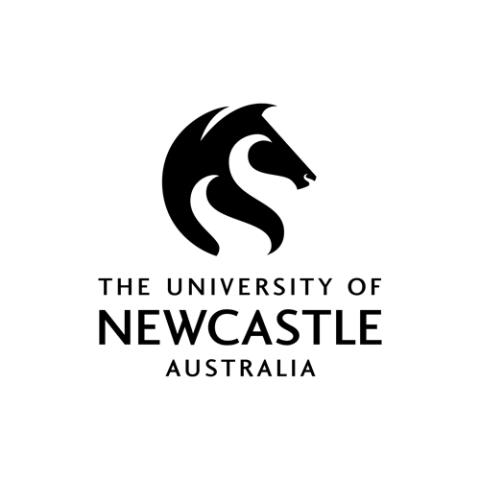
Ways to enhance your institution’s change agility
How to involve and empower staff to make changes that can have a big impact on their roles and the institution as a whole
You may also like
Popular resources
Enhancing institutional change management is vital for enhancing agility, staff satisfaction and responsiveness. It is also crucial to the long-term viability of the higher education sector in the face of ongoing policy and funding uncertainty.
Flipping the lid on traditional learning and development, giving staff agency to solve problems and tapping into the power of hidden influencers in your workforce can dramatically shift your institution’s culture from one where change is “done” to people, to one that champions change through employee-led improvements.
Through running a continuous improvement programme, the University of Newcastle has learned what can be achieved by giving front-line staff (ie, not just leaders, HR professionals and formal change units) the skills to apply change methodology to business improvement. Targeted at a cohort of professional staff not typically involved in institutional problem-solving, this capability-building programme aims to demonstrate that small change (pebble-busting) can have a big impact.
Pebble-busting refers to a type of problem-solving. The analogy comes from the idea of having a small pebble in your shoe that is uncomfortable and hinders your movement. It is not until you remove it that you can feel relief and realise how much of an impact it was having on your everyday life.
The programme, in which participants identify a “pebble” in their everyday work lives that they want to solve or improve, is a week and a half long, broken into a series of one-day workshops over six months. During the programme, participants learn foundational project and change management methodologies, skills such as how to develop audience-centred communications, embrace a change mindset, curiosity, innovation and resilience. Coaches support participants throughout, and their managers are involved at key milestones so that they can create the right environment for their staff members to thrive.
- Resources for leaders of higher education institutions
- THE podcast: how to lead a university from the front
- Ideas that shape digital universities
As the programme’s designer and convener, my reflections from the past two years of running the programme are that just as we are asking our colleagues to become more comfortable with change, those of us who design training programmes must also get comfortable with doing things differently, too. Below are some considerations for training designers.
Put learning back into the hands of the learner
Resist designing the entire programme; instead, allow it to be guided by what participants need as it progresses. By employing the concepts of productive failure, (a reversal of the learning sequence – starting with the problem first, then providing skills and tools needed) and citizen development (a popular IT concept that allows anyone to be a programmer), we encouraged participants to see mistakes or setbacks as opportunities for growth, and to self-identify what they need to progress their pebble-busting. We used barriers and roadblocks to steer coaching conversations and inform programme session design.
Things to take into consideration could include:
Whether you are building a community that supports growth. What can you do to encourage continuous learning? Perhaps it’s creating a peer learning environment for participants to review each other’s work and to be accountable to each other in between formal learning sessions. Do you need to go one step further and create a concurrent skills session for managers, arming them with the skills to be comfortable leading in a culture of continuous improvement?
Where you are creating opportunities for participants to make choices and take responsibility. Can you weave in Glasser’s choice theory, which is based on the premise that individuals can control only themselves and not others, to help participants understand more about how they and the people around them respond and adapt to change?
Rather than a traditional training needs analysis, create an experience map that focuses on desired outcomes, rather than a rigid structure.
Ask more than tell and fail fast
To facilitate a culture of continuous improvement and agility where change happens quickly, you must deliver the programme in the same way.
Creating a trusted space where we can collect feedback at the end of each of our programme sessions is key to ensuring that training content and design is relevant and addresses staff needs. As the programme team, we forced ourselves to work to the same minimum-viable product model (to release a new topic or skill that is used to validate participant needs and demands prior to developing a more fully featured training programme) that our participants were encouraged to adopt in their learning journey and pebble-busting. Key to this is using the insights to inform the best course of action.
After every session, we considered:
- Did today’s content help our programme participants? What didn’t hit the mark for them?
- What do our participants need to solve or shift a roadblock to keep moving their project along?
- How can the programme team help participants continue to build their case for change when they return to their roles (hopefully having solved their original pebble/problem and are now ready to pitch their idea for business improvement)?
Benefits and impact
Establishing a way to demonstrate and track benefits is critical. We used a benefits mapping tool to monitor and focus efforts and to evidence impact. The key benefits we monitored were:
- Organisational change maturity
- Staff feelings of empowerment when putting ideas forward
- Staff sentiment towards change being handled well
- Staff feeling supported through change.
Two key things to consider when establishing a benefits map:
- Use a tool such as a benefits realisation management framework or a one-page benefits map to visually connect the tangible outcomes through to organisational impact to provide clear lines of sight for planning
- Incorporate the benefits map into briefing sessions with other involved parties and regularly review conversations to keep everyone aligned and ensure that expectations are met.
Shifting capability and culture takes time, and in a rapidly changing world, a new approach is needed. With a new lens, you can humanise change and develop a workforce of empowered, change-ready, agile staff less afraid of the unplanned and planned changes ahead.
Kristy-Jai Chantrey is a change management specialist at the University of Newcastle.
If you would like advice and insight from academics and university staff delivered direct to your inbox each week, sign up for the Campus newsletter.





Comments (0)
or in order to add a comment